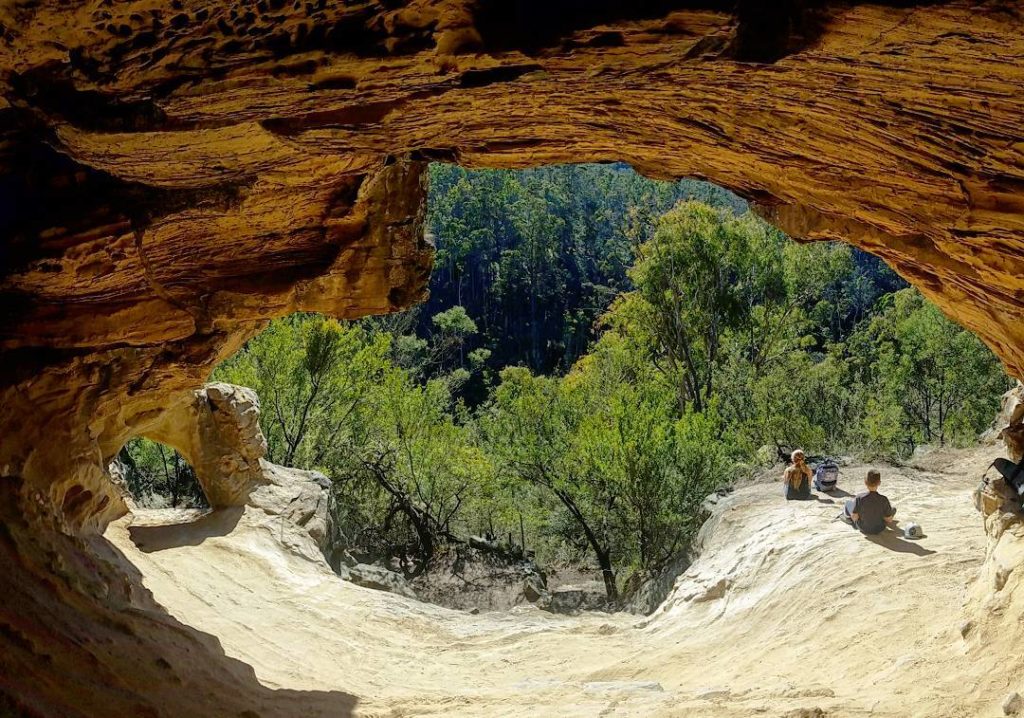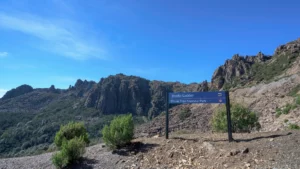Popular Destinations
All Towns
Menu
Menu
Wishlist
As you browse the site, add accommodation, tours, events and attractions to your personalised trip by clicking the heart icon. When you’re done, click the heart icon in the menu at the top of the website to view your wishlist.
Review your list, remove any items you no longer need, then select “View your itinerary” to see your trip on a map, or send it to a friend.
10 Things to Do Along Tasmania’s Heritage Highway
- Old Kempton Distillery 📷 Darren Wright























